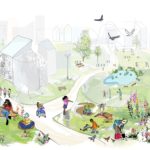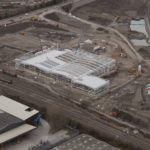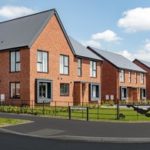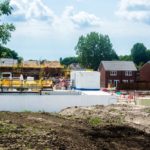News - Construction News
Building sustainable infrastructure
15 May 20
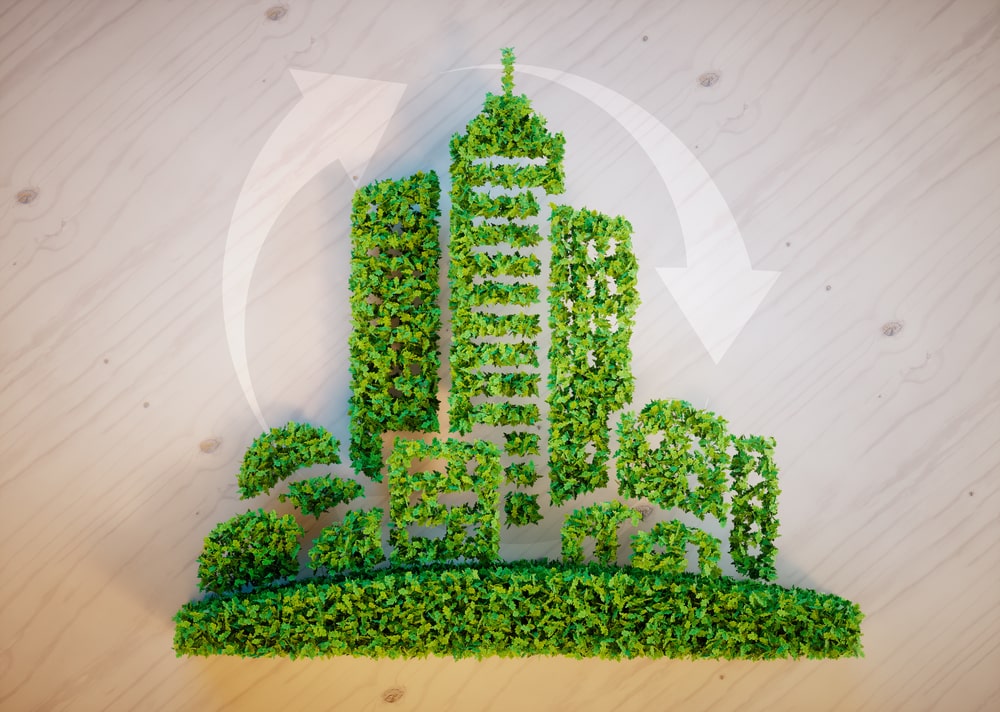
Sustainability: it’s a word on the tip of UK PLC’s tongue, from food and finance to chemicals and construction. Since the government attained power in December 2020, we’ve seen a rapid increase in green policy, from the earlier than expected ban on ICE (internal combustion engine) vehicles to a re-evaluation of central heating and building fabric through the Future Homes Standard. Not to be left out, infrastructure has also come under the scrutiny of sustainable policy, with the third runway in Heathrow now hanging in the balance.
Overarching all this policy activity is the nationwide drive from business and industry to meet net-zero targets by 2050, effectively becoming carbon neutral within 30 years. It’s an ambitious goal and, in my opinion, this poses a significant challenge for each of us; some may say that we are way off. However, a refreshed approach to how we approach our existing infrastructure could play a significant role in speeding up the process.
There’s no doubt that the construction, and building products manufacturing industries for that matter, must take action now. As policy makers focus their attention on the buildings and infrastructure of the future, we need to take initiative and address the elephant in the room, the buildings and infrastructure of the past.
Particularly we need to examine how we can make these existing structures and systems work harder in order to deliver a more sustainable, carbon neutral future.
Local Heroes
We’re often far too ready and willing to demolish perfectly robust structures, with significant levels of existing embodied carbon, and replace them with new ones. This is hugely wasteful. Demolition might seem like a safe option but it’s not always appropriate for the local community and can, in fact, significantly increase a site’s carbon footprint. We need to adopt a more circular economic attitude and prioritise upcycling.
Redevelopment of already developed sites can provide local residents with numerous benefits, particularly when complemented with a re-organised framework of infrastructure. Brownfield is one such opportunity. Often located in close proximity to existing residential, utilities, roads and other transport links, reviving these sites through residential and commercial property can strengthen communities. Furthermore, it prevents costly, logistical challenges associated with establishing new villages, towns, and supporting infrastructure.
When built with low carbon, locally sourced materials, it makes for a truly sustainable proposition. Fundamentally, I think planners and building professionals need to get into the habit of looking to these existing areas more creatively.
Building on greenfield might be attractive to developers, but it’s hugely resource-heavy and very disruptive. The long-term cost, not just financially, but to the environment, is huge. Why not focus our minds on how we make the most of the land in and around existing infrastructure? This is what will yield long-term sustainable dividends.
Out with the Old
If we’re looking at addressing the challenges our existing built environment and infrastructure pose to us, we must think more seriously about ‘designing out’ high impact, carbon heavy materials. Plastics are a great example.
I believe it is our responsibility as construction experts to specify more sustainable solutions, such as timber, recycled concrete and masonry and thinking about the eventual re-use of the building materials we specify. Resources are finite and we need to see how we can find a new life for what we already have rather than extracting more.
Second-hand building products also need a much wider appreciation. I’ve worked on a number of projects in the past where perfectly good materials, which could be repurposed, have been sent to scrap. They could have been given a new lease of life in retrofitted or renovated buildings.
Sustainability Reappraised
I think one of the greatest barriers to change is the understanding which prevails in the UK construction industry around the term ‘sustainability’. Ultimately it’s far more than being green and I think that existing infrastructural networks provide part of the answer.
Oft-mentioned concepts like continuity, resilience and longevity are linked inextricably with infrastructural deployment. Alongside housing roots, you are developing the essential branches for a cohesive community, to sustain it. Rather than building one from scratch in the middle of nowhere, is it not of more enduring benefit to build within one which already exists?
We need to design for structures and supporting infrastructures which enrich the environment in a low-impact way, benefiting the people who have to work, rest and play around them. It’s about adopting a more holistic approach, reappraising the location and lifespan of a building as well as how it relates to the local infrastructural network. More joined up thinking is required.
Ultimately, making the best use of the infrastructure, structures and materials available to us helps build stronger communities within existing ones, offering a tenable, socially responsible and ecologically friendly solution to addressing our existing stock, equipping it for a sustainable future.
Article submitted by Nick Russell, Director, Perega
If you would like to read more articles like this then please click here.
More News
- UK Introduces New Trade Measures to Support Steel Sector
11 Jul 25
Steel producers across the UK will benefit from stronger trade measures from 1 July.
- Clean energy future to be ‘built in Britain’
10 Jul 25
The Clean Energy Industries Sector Plan comes into force to ‘build it in Britain’.
- Thousands more to get the tools they need to start construction careers
9 Jul 25
Thousands of people are set to benefit from on-the-job training and career opportunities in the
-
-
Latest News
- UK Introduces New Trade Measures to Support Steel Sector
11 Jul 25
Steel producers across the UK will benefit from stronger trade measures from 1 July.
- Clean energy future to be ‘built in Britain’
10 Jul 25
The Clean Energy Industries Sector Plan comes into force to ‘build it in Britain’.
- Thousands more to get the tools they need to start construction careers
9 Jul 25
Thousands of people are set to benefit from on-the-job training and career opportunities in the
- €500Bn German infrastructure fund could benefit British businesses
8 Jul 25
€300bn of the fund is earmarked for the modernisation of Germany’s transport infrastructure.
- Level 7 apprenticeship funding cuts will cost building companies millions in increased training costs
7 Jul 25
The government’s decision to cut levy funding of Level 7 apprenticeships will cost UK employers.
- New National Housing Bank
4 Jul 25
Hundreds of thousands of extra homes will be delivered thanks to a bold new government-backed
-
-
